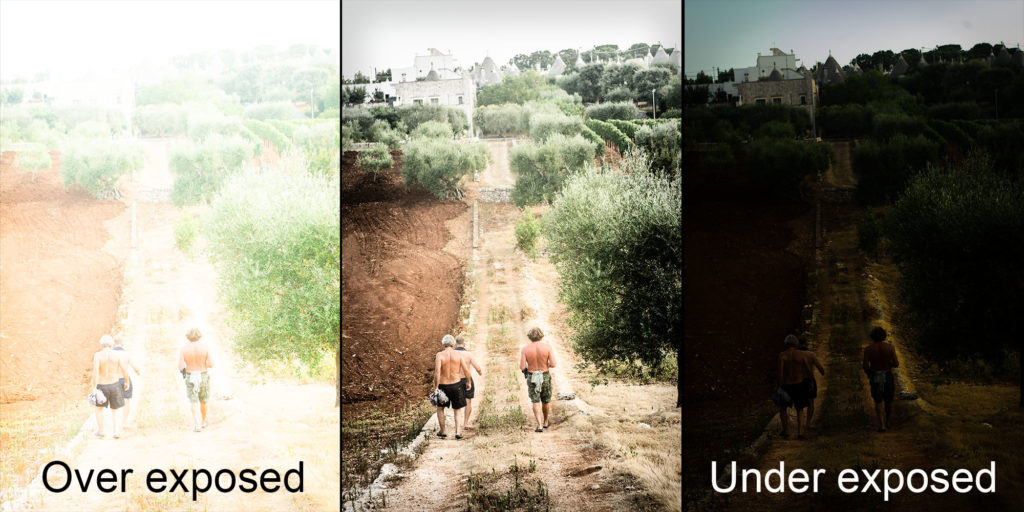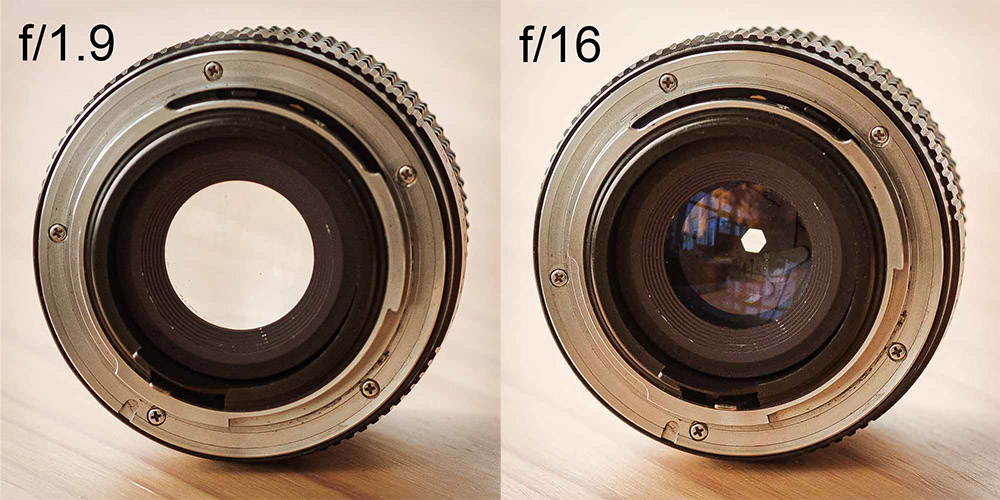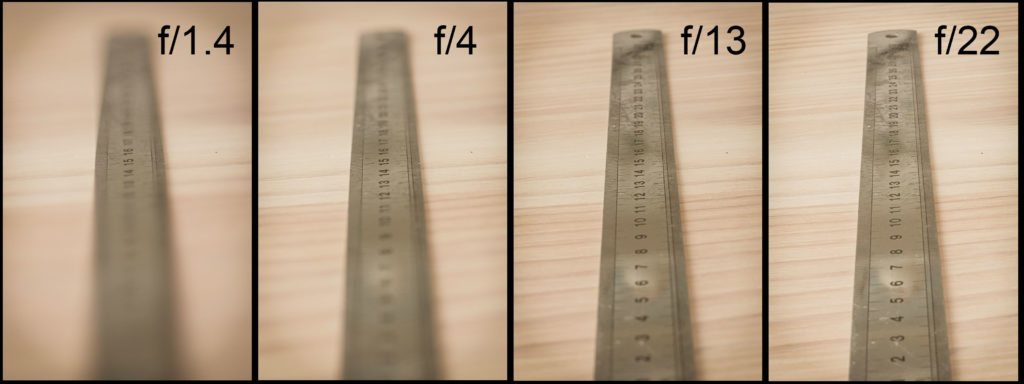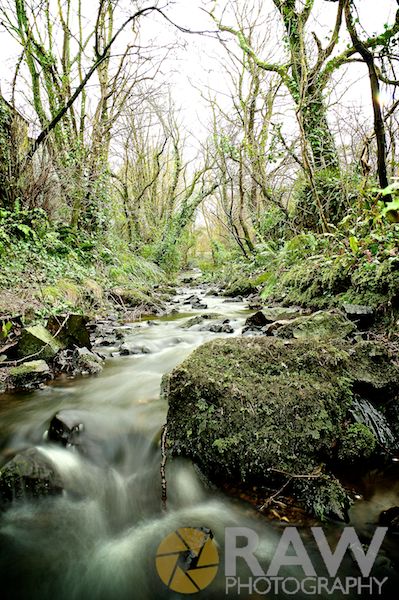Photography Basics
Photo means light and graph means to write.
Literally, you’re writing with light. A camera is a sealed box with a closed door and a lens outside the door. Every time you press the button the door opens and light goes through the lens and is recorded by the camera’s sensor. Each photo is called an exposure.
Exposure refers to ‘exposing‘ (or showing) the camera’s sensor to the light.
The amount of light needs to be controlled to get the correct exposure – too much light and the picture is too bright (over exposed), not enough light and the picture is too dark (under exposed).

There are two main ways to control light and get the correct exposure:
(i) The time taken for the door to open and close (shutter speed)
(ii) The size of the hole in the lens (aperture)
The door’s proper name is the shutter and the speed at which it opens and closes is called the shutter speed. The hole going through the lens is called the aperture.
Imagine that light is like water and your photo needs a pint of light poured into the camera. If the hole is large then the light will rush in and the door will open and close quickly. But … if the hole is small the door will have to stay open for longer so that enough light can trickle in.

Apertures are measured in f numbers. A large aperture (like f/1.9 above) is a small number and a small aperture (like f/16 above) is a large number (I don’t know why they’re the wrong way around).
The aperture and shutter speed can be altered to control the light entering the camera, and thus, get the correct exposure.
As a rule of thumb, lots of light means you can have fast shutter speeds to freeze the action. Dark situations will, generally, have slower shutter speeds and blurry pics. Imagine that ‘pint of light‘ pouring into the camera. The same amount of light is needed, it just takes more or less time to go into the camera depending on how much light is available and the size of the aperture.
Different combinations of aperture and shutter speed can give the same exposure – as one increases, the other must decrease to compensate.
The following photographs have a different combination of aperture and shutter speed, but they’re all correctly exposed:

The fast shutter speed freezes the car, but you can barely see it at the slowest shutter speed.
So … why don’t we always shoot with a wide open aperture and a fast shutter speed? Two main reasons:
The first is depth of field, or how much of the photo is in focus. A large aperture like f/1.4 has a small depth of field and not much is in focus, but at f/22 almost the whole photo is in focus.

You can’t take a wedding group shot at f/1.4 – hardly anyone will be in focus!
The other reason is artistic – a slow shutter speed and water looks very nice (use a tripod!).

As a basic guide for hand held photography, you’ll need a shutter speed of at least 1/125th second to avoid blurry photos (called camera shake).
Also, f/8 is a good starting point if you want a lot of the photo in focus.